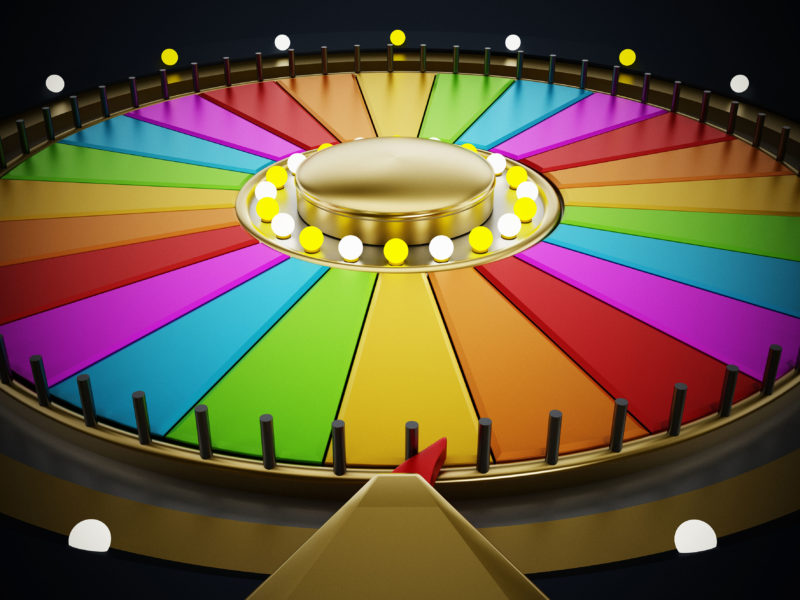Marketing’s Least Loved: anchor bias
In her regular column for Mumbrella, VMLY&R chief strategy officer Alison Tilling looks at Wheel of Fortune, psychophysics and developing trust.
First impressions count, and that’s partly because the first piece of information we get on a topic also counts – even if it is entirely arbitrary. This is the power of the anchor bias.
In a 1974 Kahneman and Tversky study, participants had to spin a “wheel of fortune” before guessing the percentage of UN countries located in Africa. The participants whose wheels had stopped at higher numbers gave significantly higher estimates. The wheel – which has absolutely nothing to do with geography – acted as a powerful cognitive anchor.


